You don’t have to bear your dog’s barking day and night, and neither does your neighbourhood! To help him, you first have to understand him better.
1. Your dog can’t channel his energy

Your dog might be very happy or too excited when he’s meeting other dogs, and that’s why he barks so much. He does that to express his emotions. If he does it too often though, try to teach him the order “stop”, to help him calm down.
2. He’s bored

A bored dog will bark to get noticed. To put it simply, he wants your attention.
A dog needs to be outside at least 30 minutes a day, even if you have a garden. If you always let him out in the garden, he will get bored quickly. Indeed, you need to be active with your dog. Go walk and play with him, don’t just let him out without supervision.
3. He doesn’t bear being alone
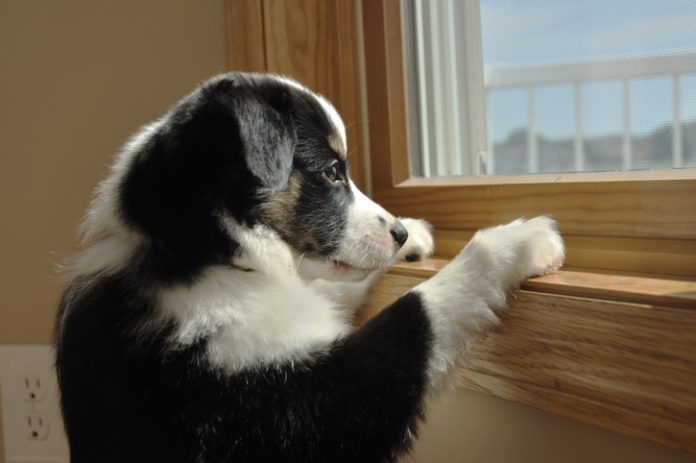
You didn’t know your dog was barking, but your neighbours did? They are the ones who told you? Your dog feels lonely when you aren’t there and has issues dealing with his anxiety when you’re gone. He can therefore bark, or even adopt destructive behaviours. If it’s the case, you can help him bear loneliness.
You can help him by establishing a hierarchical relationship between him and you. This will, in turn, reassure him. It’s not your dog’s job to tell you when he wants to play and be petted: you have to choose these moments, not him! If this represents a big change, do it progressively and never aggressively.
4. Your dog wants to protect your home

Dogs are very much attached to their master and their home. They will do anything to protect them, including alerting you in case of danger. However, if it becomes excessive, don’t let your dog watch the neighbourhood all the time. For instance, don’t let him in front of the door or windows, where he can be on the lookout for everything.
5. He barks because he knows you will come

Sure, you’re the one educating your dog, but he also learns a lot by watching you and analyzing your behaviours. Barking is a way to communicate. When he barks to be let in after going outside, it’s to get your attention.
On the other hand, don’t influence this behaviour by directly going to see him when he barks. He would understand that barking can make you come to him. It would be better to ignore him, and he will understand barking will not bring you to him.
If your dog does something without barking, while he used to, congratulate him with a little treat.
6. To Make Him Stop Barking: Remove the motivation
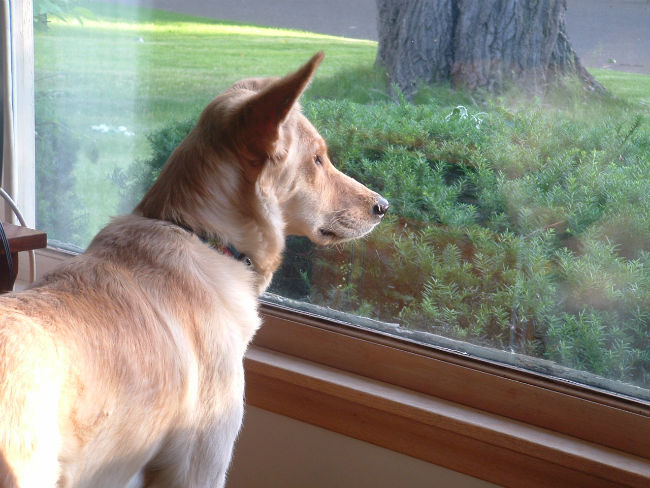
Your dog receives some kind of reward when he barks. Otherwise, he wouldn’t do it. Find out what he gets from his barking and remove it. Do not give your dog the opportunity to continue barking.
7. To Make Him Stop Barking: Ignore the barking

Ignore your dog’s barking for as long as it takes to stop. It means you shouldn’t pay attention to him at all while he barks. Your attention rewards him only for being noisy. Don’t talk to him, don’t touch him and don’t even look at him. When he finally calms down, even to breathe, reward him with a treat.
To succeed with this method, you must wait as long as it takes for him to stop barking. If he barks for an hour and you are finally so frustrated that you yell at him to shut up, next time he will probably bark for an hour and a half. He learns that if he barks just long enough, you will pay attention to him.
8. To Make Him Stop Barking: Desensitize your dog to the stimulus
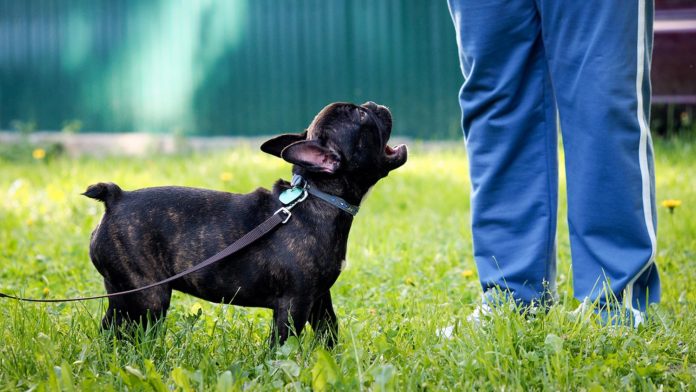
Gradually get your dog used to what makes him bark. Start with the stimulus (the thing that makes him bark) from a distance. He must be far enough away not to bark when he sees it. Give her lots of good treats. Bring the stimulus a little closer (perhaps as little as a few inches or a few feet to start with) and give her treats. If the stimulus disappears, stop giving your dog treats. You want your dog to know that the appearance of the stimulus leads to good things (treats!).
9. To Make Him Stop Barking: Teach your dog the order of “silence”

This may sound absurd, but the first step in this technique is to teach your dog to bark on command. Give your dog the order to “talk”, wait until he barks two or three times, then put a candy in front of his nose. When he stops barking to sniff the treat, praise him and give him the treat. Repeat until he starts barking as soon as you say “speak”.
Once your dog is able to bark reliably on command, teach him the “silent” command. In a quiet and uninhibited environment, tell him to “talk”. When he starts barking, say “silence” and put a treat in front of his nose. Praise him for being silent and give him the treat.
10. To Make Him Stop Barking: Ask your dog for incompatible behaviour
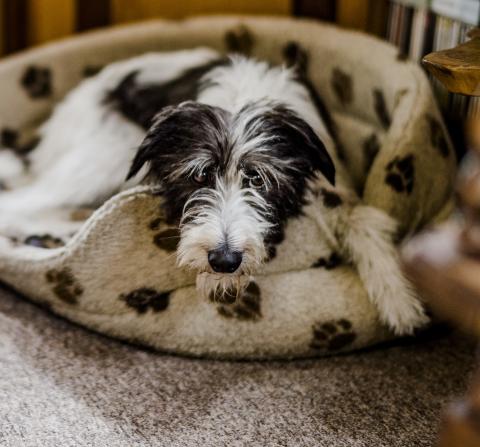
When your dog starts barking, ask him to do something that is incompatible with barking. Teach your dog to react to barking with something that prevents him from barking, such as lying in bed.
11. Other Common Behaviours: Being pushed is a sign of affection
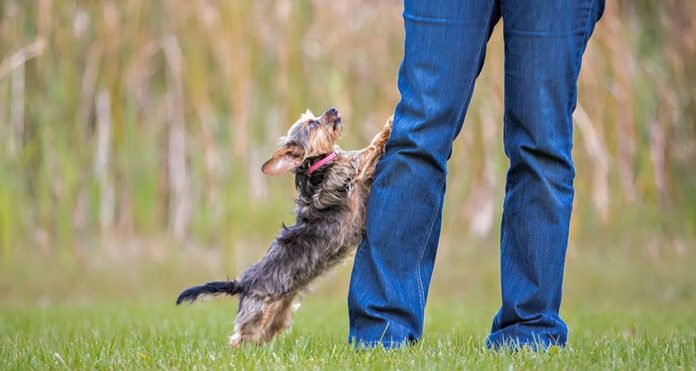
Getting tackled by your dog when you walk through the door is not always the most pleasant experience. Sometimes it can scratch you unintentionally or, if it is big enough, hit you. However, it’s not that he’s trying to get your attention or bother you, he’s just expressing his joy of seeing you.
The act of jumping on you is like a human jumping for joy. He wants to show how much they missed you and how happy he is that you’re back.
12. Other Common Behaviours: Your dog may not want to play ball
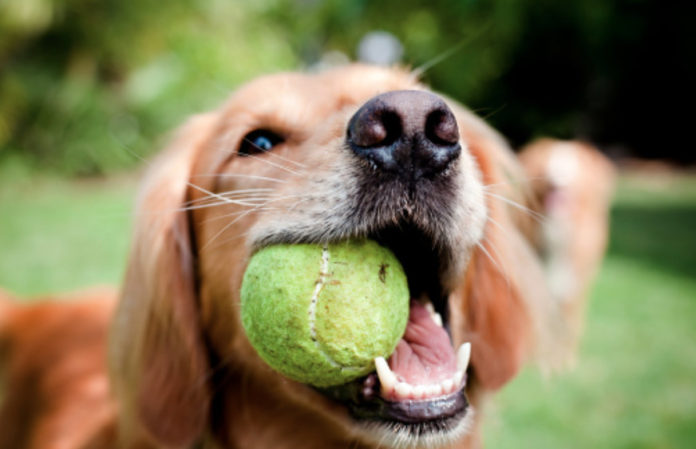
If a dog carries a ball or toy in his mouth, it does not necessarily mean that he wants to play ball. In fact, it can sometimes mean exactly the opposite. Dogs often bring toys to the people they love so you can play with them too.
They want to show it to you and let you enjoy it too, so instinctively throw away everything your dog brings to you could hurt them.
13. Other Common Behaviours: What it means if your dog stares at you before you leave

Leaving your dog at home can be difficult to do. They know you’re leaving and that can make them sad. Some dogs sit and look at you calmly as you walk through the door, which can make you feel guilty. However, their calm proves that even if they are sad that you are leaving, they are assured that you will return.
If your dog is particularly calm when you leave him, it is because he trusts you and will wait patiently for your return.
14. Other Common Behaviours: Eye movements

When it comes to the mood of dogs, it is very similar to humans. You can say so many things just by looking at their eyes. If they are sad or tired, their eyes will pull down and your puppy will look at the ground. If they are excited, their eyes will be wide open and they will look everywhere around them.
If they want something, they can look at you and raise their eyebrows as if they were asking you a question. For most dogs, looking at their eyes will tell you more than their tail.
15. Other Common Behaviours: If your dog is leaning on you, he is hugging you
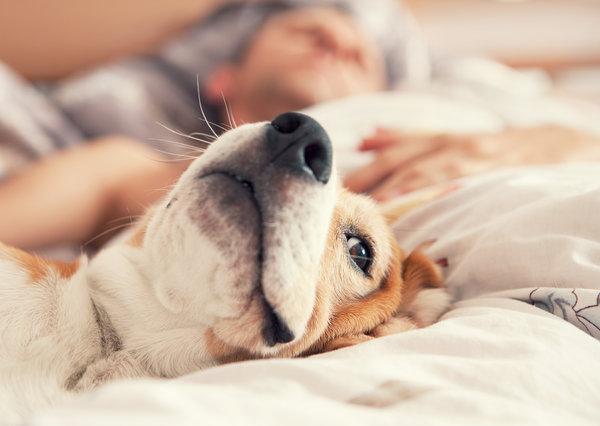
Have you ever noticed that your dog leans on you every time you hang around? It may not even be very visible, but we bet your puppy has put his body weight against you more times than you could count.
That doesn’t mean they’re lazy and can’t manage on their own, they are actually kissing you. This is one of the ways they have to physically connect with you and can initiate.
16. Other Common Behaviours: Hugs after their meal
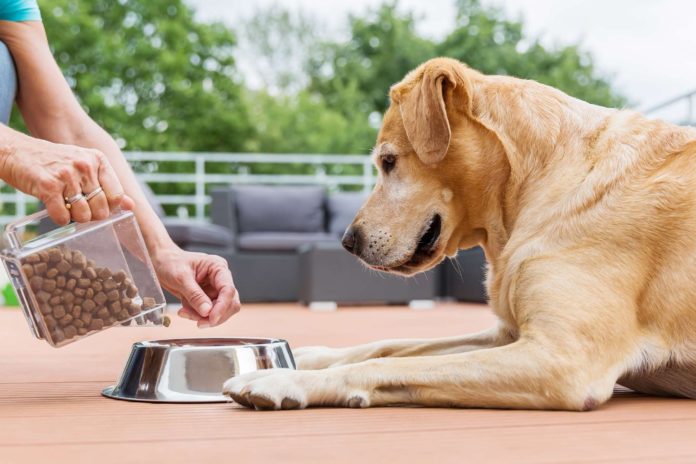
Does your dog like to come and snuggle up after eating? Just like sleeping in your bed, it’s another sign that you’re one of their favourite people (if not their favourite!). After a meal, they may be ready to take a nap and they want to do so in your comforting presence.
17. Other Common Behaviours: Yawning does not only mean that your dog is tired
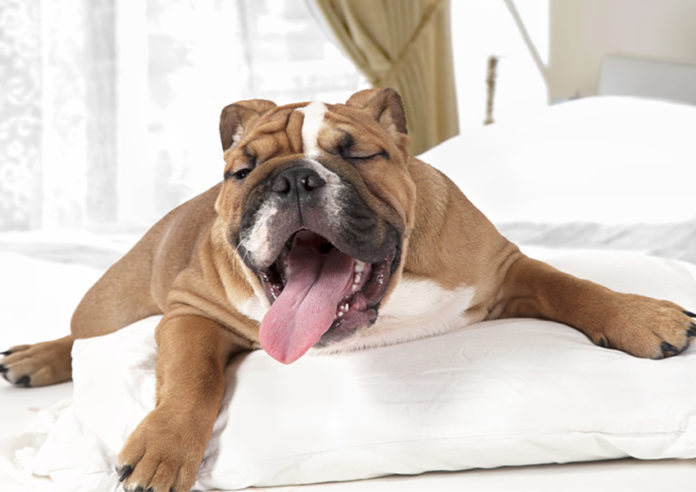
Although yawning may seem like a natural sign of fatigue, it is a little different for dogs. Although we see our dogs yawning all the time, it’s actually a very good sign. This means that they feel safe around you and trust you.
In nature, yawning is considered a sign of submission, so when you see your dog yawning 15 times a day, it means he is completely relaxed.
18. Other Common Behaviours: When your dog puts a paw in the air, they are trying to find something
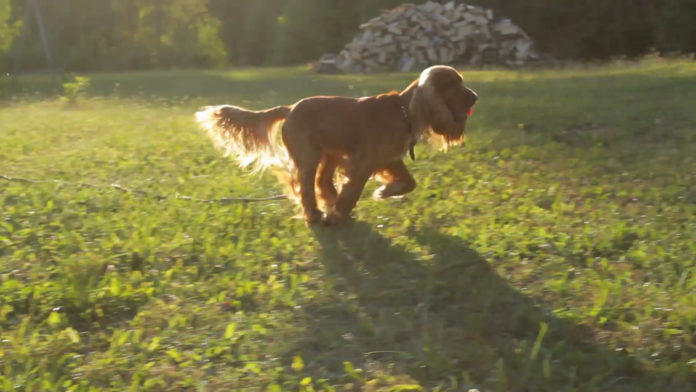
Has your dog ever walked around and suddenly stopped by lifting a leg? While this may seem unusual, it is quite natural. That means they’re trying to find a solution. It’s physical proof that the workings of their mind are working!
Usually, when they do that, they sniff like crazy in all directions. They’re the ones who play detective and try to find something that catches their attention.
19. Other Common Behaviours: Yawning can also mean that your dog is uncomfortable

Although a dog can feel very comfortable yawning around a person, constant yawning in public (or when a dog is not as comfortable) can mean something completely different. When they yawn in public, it does not necessarily mean they are sleepy and it is time to go home, it is a sign that your dog may be uncomfortable or anxious.
So keep an eye out, and if your dog does this in an unknown place, it’s probably because he’s uncomfortable.


![[Photos] Why WD-40 Is Magic In Your Garden?](https://lifetonik.com/wp-content/uploads/sites/7/2019/08/WD40-Prices-Highres_Page_8_Image_0008-218x150.jpg)





![[Photos] Take A Look Of The Obama’s New Home Before It’s Banned](https://lifetonik.com/wp-content/uploads/sites/7/2019/07/Obama1-218x150.jpg)

![[Slideshow] Celebrity Homes: 21 Of The Most Luxurious](https://lifetonik.com/wp-content/uploads/sites/7/2019/07/Taylor-Swift-218x150.jpg)
![[Slideshow] More Parents Are Now Gluing Pennies to the Bottom of their Kid’s Shoes](https://lifetonik.com/wp-content/uploads/sites/7/2019/07/Keep-Them-Entertained-218x150.jpeg)
![[Photos] 20 Fashion Mistakes That Too Many Women Make!](https://lifetonik.com/wp-content/uploads/sites/7/2019/07/5-style-mistakes-that-make-you-look-frumpy-featured-218x150.jpg)



















![[Gallery] 25 Discounts For Seniors To Which You Are Entitled Without Knowing It](https://lifetonik.com/wp-content/uploads/sites/7/2019/08/EAZxECUXUAAvNZR-218x150.jpg)
![[Slideshow] Here’s the salary of every governor in the United States](https://lifetonik.com/wp-content/uploads/sites/7/2019/08/Charlie-Baker-218x150.jpg)
![[Photos] No One Will Want To Buy This House After Seeing These Pictures](https://lifetonik.com/wp-content/uploads/sites/7/2019/08/terrible-real-estate-photos-2-5c35e727c9f95__700-218x150.jpg)



